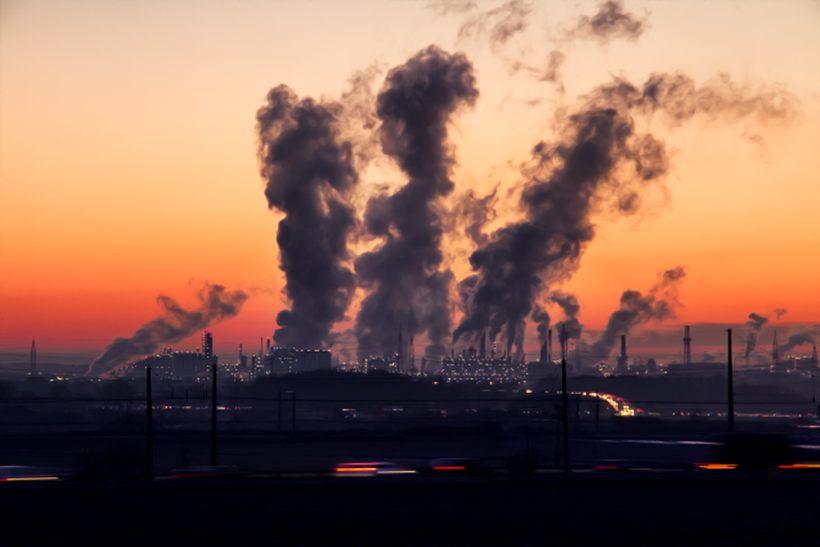Fri 10 July 2020:
UN Secretary-General Antonio Guterres urged countries on Thursday to stop financing for coal and commit not to build new coal-fired power plants to enable a shift to clean energy.
“Coal has no place in COVID-19 recovery plans,” Guterres said, speaking via videolink to a clean energy transition summit hosted by the International Energy Agency (IEA).
China, the world’s biggest coal producer, said it was committed to a clean and efficient low-carbon development of the energy sector.
“We are going to make great efforts to develop hydro, wind and solar,” Zhang Jinhua, director of China’s National Energy Administration, told the virtual meeting.
The IEA’S Clean Energy Transition Summit convened 40 ministers from countries representing 80 percent of energy use and greenhouse gas emissions. They discussed measures to boost economies, reduce emissions and make energy systems more resilient to climate change.
Coal impacts: air pollution
When coal is burned it releases a number of airborne toxins and pollutants. They include mercury, lead, sulfur dioxide, nitrogen oxides, particulates, and various other heavy metals. Health impacts can range from asthma and breathing difficulties, to brain damage, heart problems, cancer, neurological disorders, and premature death.
Although limits set by the Environmental Protection Agency (EPA) have helped prevent some of these emissions, many plants don’t have the necessary pollution controls installed. The future of these protections remains unclear.
Coal impacts: global warming
Climate change is coal’s most serious, long-term, global impact. Chemically, coal is mostly carbon, which, when burned, reacts with oxygen in the air to produce carbon dioxide, a heat-trapping gas. When released into the atmosphere, carbon dioxide works like a blanket, warming the earth above normal limits.
Consequences of global warming include drought, sea level rise, flooding, extreme weather, and species loss. The severity of those impacts is tied directly to the amount of carbon dioxide we release, including from coal plants. In the United States, coal accounts for roughly one-quarter of all energy-related carbon emissions.
Think your friends would be interested? Share this story!





